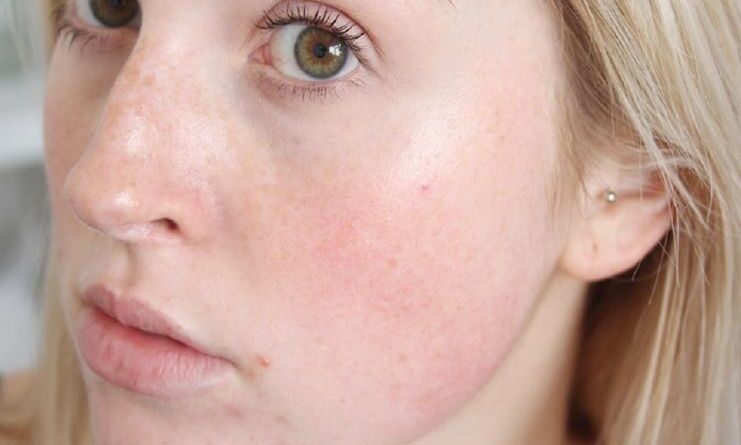Everyone likes clean and glowing skin. To achieve this goal, one must follow a healthy skincare routine. However, skin sensitivity or allergies are enemies of clear skin. They may cause redness on the face and make you feel embarrassed sometimes. There are many reasons to have redness on your face. Today we will discuss the causes, symptoms, and remedies in the following paragraphs.
Redness on the face can cause a range of physical and mental symptoms, depending on the underlying cause. Some common physical symptoms that people may experience when they have redness on their face include Inflammation, Pain, Itching, Dryness, and Breakouts.
In addition, people may experience mental or emotional symptoms when they have redness on their face, such as Embarrassment, Stress, and Low self-esteem.
How Does Your Face’s Redness Affect Your Beauty and Fashion?
Redness on the face can have an impact on your beauty and fashion choices. If you are self-conscious about the redness on your face, you may feel less confident about your appearance and may be less likely to try new beauty and fashion trends.
Some people may also find that certain beauty and fashion products or techniques are more or less effective when they have redness on their faces. For example, you may find that certain makeup shades or textures are less flattering when your skin is red or that certain types of clothing or accessories are less comfortable when your skin is inflamed or sensitive.
If you are struggling with redness on your face and are feeling self-conscious about your appearance, it is a good idea to try to find beauty and fashion products and techniques that are gentle and non-irritating and that work well with your skin type. You may also want to consider consulting a dermatologist or other healthcare professional for further evaluation and treatment to help manage your redness and improve the overall health of your skin.
Find The Root Cause
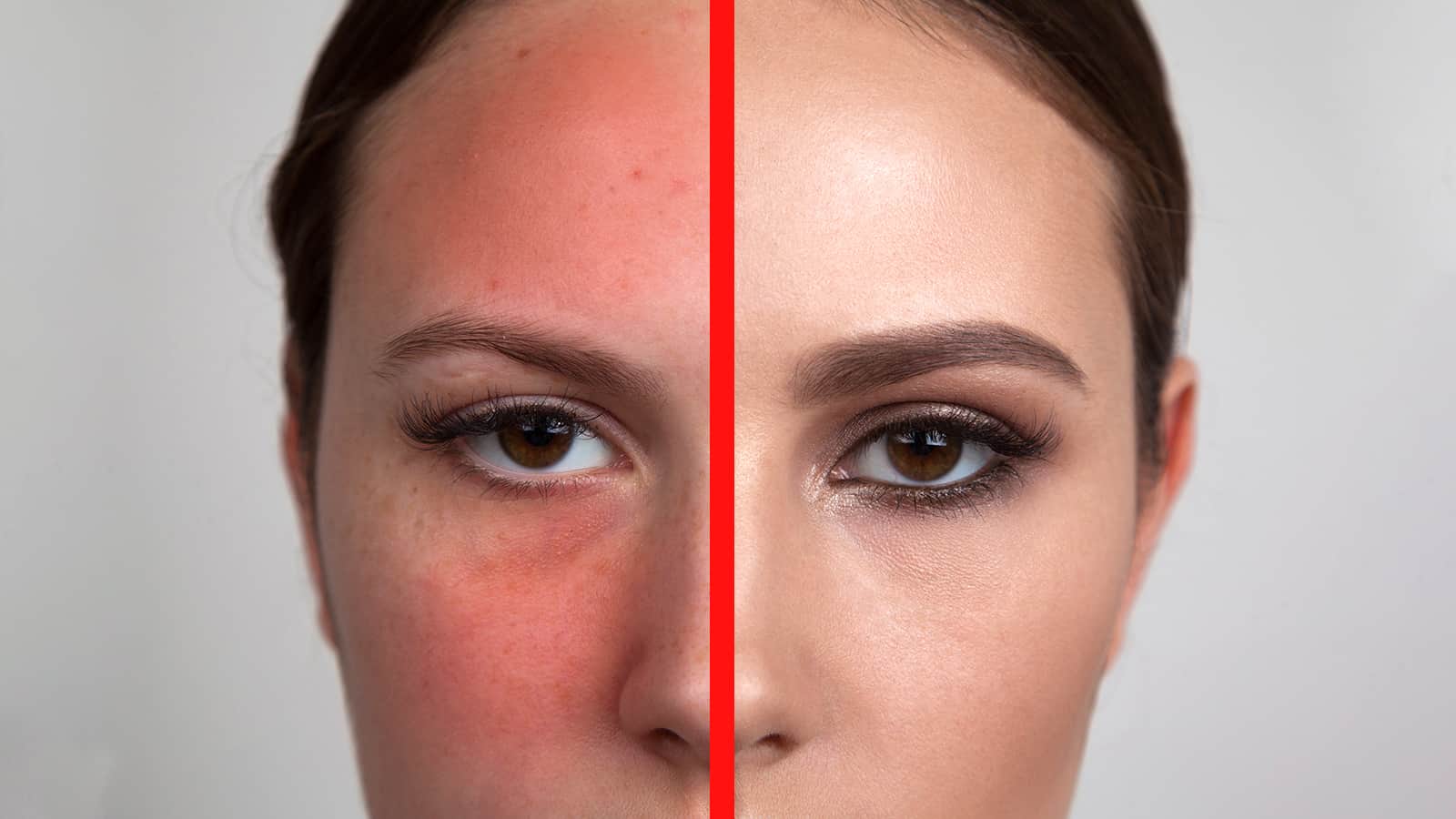
source: pinterest.com
If you are experiencing redness on your face and are feeling overwhelmed or distressed, it is a good idea to seek support from a dermatologist. However, first, we have to find the root cause. It will be helpful to get rid of redness on your face.
There are many potential causes of redness on the face. Some common causes include:
Rosacea:
Rosacea is a chronic skin condition that causes redness, flushing, and bumps on the face. It is most common in people with fair skin and typically affects the cheeks, nose, forehead, and chin. While the exact cause of rosacea is unknown, it is thought to be related to a combination of genetic and environmental factors.
Allergies:
Some allergies can cause redness and swell on the face. Moreover, you can have other symptoms like itching, hives, and watery eyes. Allergies occur when the immune system overreacts to a normally harmless substance, such as pollen, pet dander, or certain foods.
When you come into contact with an allergen, your immune system releases histamines and other chemicals into the bloodstream. These chemicals cause inflammation and swelling, which can lead to redness and other allergy symptoms.
Acne:
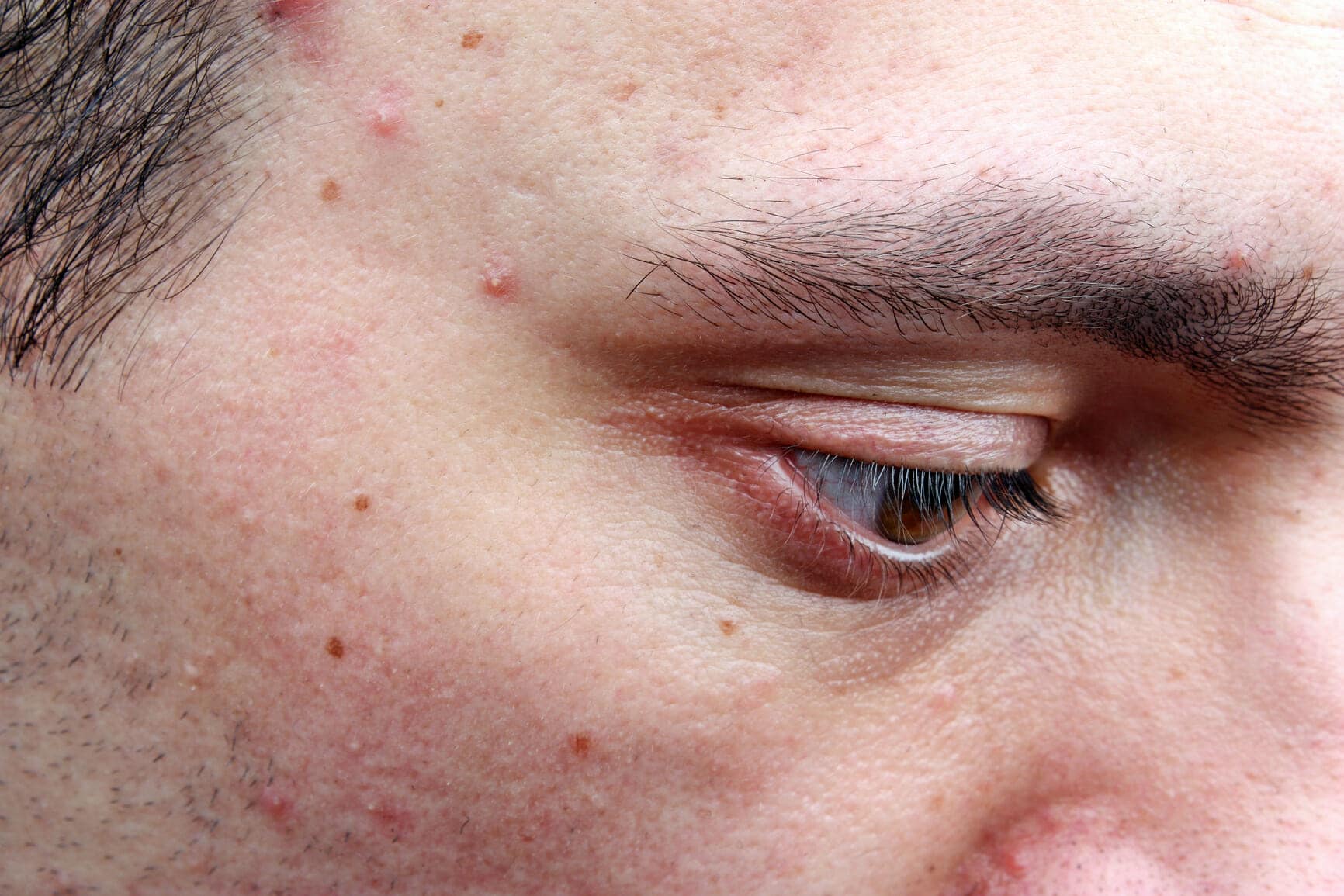
source: pinterest.com
Pimples, blackheads, and other types of acne can cause redness and inflammation on the face. Acne is a result of a combination of factors, including:
- Hormonal changes: Fluctuations in hormones, such as during puberty or pregnancy, can increase oil production and lead to the development of acne.
- Genetics: Because acne often runs in families, you may be more likely to have it if one or both of your parents did.
- Certain medications: Some medications, such as corticosteroids and lithium, can increase the risk of developing acne.
- Skincare products: Using skincare products that are too harsh or that contain ingredients that can clog pores, such as oils or silicones, can increase the risk of developing acne.
- Diet: While the link between diet and acne is not fully understood, some studies have suggested that certain foods, such as dairy products and sugary foods, may increase the risk of developing acne.
Dermatitis:
The term “dermatitis” refers generally to skin inflammation and irritation from a range of sources. Any bodily part, including the face, may be influenced. There are several types of dermatitis, including:
- Atopic dermatitis: This is a chronic form of dermatitis that is often associated with allergies and asthma. It typically appears as red, itchy, and inflamed patches on the skin.
- Contact dermatitis: This type of dermatitis occurs when the skin comes into contact with an irritant or allergen, such as a certain type of soap or makeup. It can cause redness, itching, and swelling on the skin.
- Seborrheic dermatitis: This type of dermatitis typically appears as red, scaly patches on the scalp, face, and other areas of the body that are rich in oil glands. It is often triggered by stress, hormonal changes, and certain medications.
Sunburn:
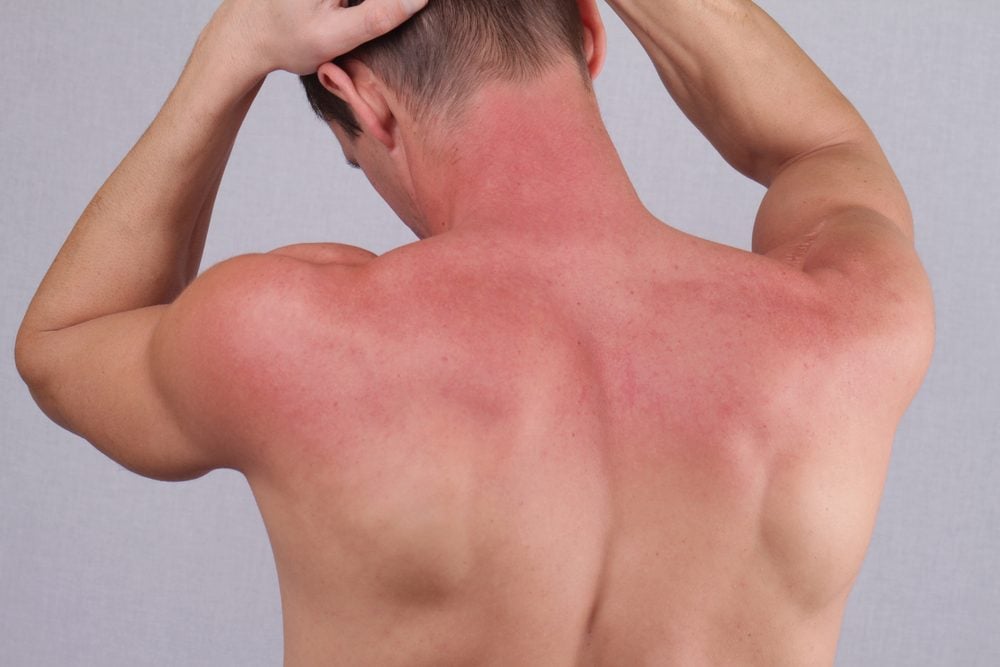
source: pinterest.com
Overexposure to the sun’s ultraviolet (UV) rays is the root cause of sunburns. It typically appears as red, painful, and inflamed skin on the face and other areas of the body that have been exposed to the sun.
UV radiation causes sunburn. They damage the DNA in skin cells and lead to inflammation and other symptoms of sunburn. The most frequent causes of sunburn are not applying enough sunscreen or spending too much time in the sun without protection.
Stress:
Stress and anxiety can cause increased blood flow to the face, which can lead to redness and flushing. They are popular as “stress flush” or the “stress blush.” During times of stress, the body releases the hormone “cortisol”, which can increase blood flow to the skin. This can cause the blood vessels in the face to dilate, leading to redness and flushing.
Alcohol Consumption:

source: pinterest.com
Drinking alcohol can cause the blood vessels in the face to dilate, leading to redness and flushing. Other names are “alcohol flush” or “alcohol blush.”
The way the body metabolizes alcohol is what causes the typical side effect of alcohol use popular name is “alcohol flush.”. When you take alcohol, an enzyme “dehydrogenase” breaks it down in the liver. One of the byproducts of this process is a chemical that is “acetaldehyde”, which is toxic to the body and can cause symptoms such as redness and flushing.
Over Exfoliation
Over-exfoliating your skin can cause redness, irritation, and inflammation. Exfoliation is the process of removing dead skin cells from the surface of the skin to improve its texture and appearance. While exfoliation can be beneficial for the skin, it is essential to use the right products and techniques to avoid causing irritation or damage to the skin.
Over-exfoliating the skin can cause redness and irritation by stripping the skin of its natural oils and disrupting its protective barrier. This can make the skin more prone to dryness, sensitivity, and inflammation.
If you are experiencing redness on your face and are unsure of the cause, it is a good idea to consult a dermatologist for further evaluation and treatment.
There are several things you can try to reduce redness on your face. You have to follow the tips that we are sharing with you. Ultimately, you will be happy to see the results.
Beauty Tips To Avoid Redness On Face
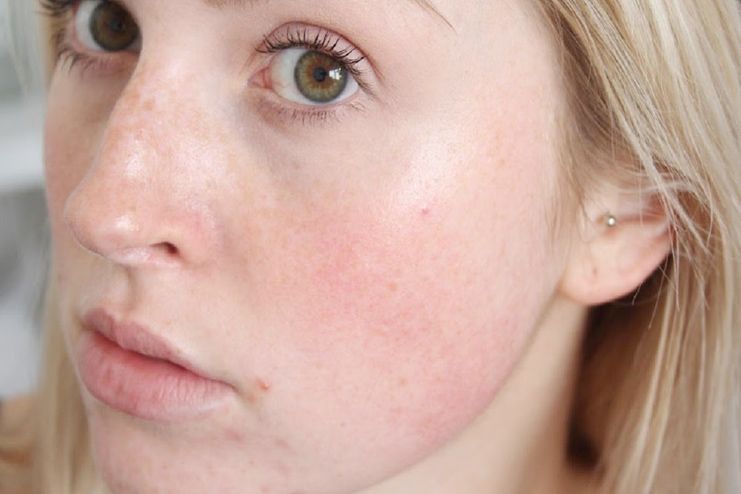
source: pinterest.com
- Choose the brands consciously for your skincare routine. A gentle and non-irritating cleanser is all you need to wash your face. Avoid using hot water and scrubbing too hard, as this can irritate your skin and increase redness.
- A toner will help you to balance the pH of your skin so use it regularly. This can help calm redness and reduce inflammation.
- Apply a serum or moisturizer that contains anti-inflammatory ingredients, such as aloe vera, chamomile, or green tea. These ingredients can help soothe and calm irritated skin.
- A facial mask that you use frequently must have calming ingredients, such as oats or clay, to soothe and nourish your skin.
- Avoid using harsh skincare products, such as those that contain alcohol or fragrances, as they can irritate your skin and increase redness.
- Use sunscreen with an SPF of at least 30 to protect your skin from the sun’s damaging UV rays, which can cause redness and inflammation.
- Over-exfoliating can strip the skin of its natural oils and irritate it. Exfoliate once or twice a week, depending on your skin type and the exfoliant product you are using.
Take Care Of Your Routine And Liquid Intake
- Drink plenty of water to stay hydrated and help flush out toxins that can contribute to redness.
- Try using a cold compress or applying a moisturizer with a cooling ingredient, such as cucumber, to your skin to reduce redness and swelling.
- If you are experiencing redness and flushing after drinking alcohol, it is a good idea to try to limit your alcohol intake or to choose drinks that are lower in alcohol content.
- Avoid touching your face too much, as this can spread bacteria and oil, contributing to redness and breakouts.
Final Word
For more assessment and treatment, it is wise to speak with a dermatologist or other healthcare specialist. To assist you manage your redness, they can suggest the right skincare products and procedures. Finally, this action will raise the general condition of your skin.

